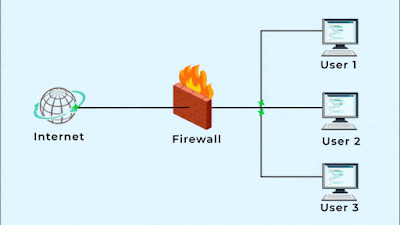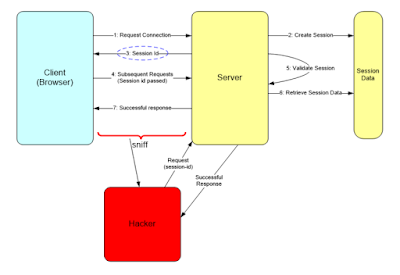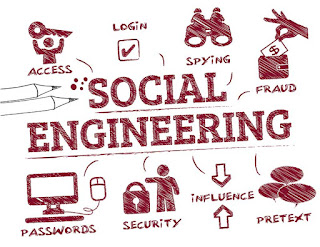CEH 15- SQL Injection

↑ Previous Page Next Page What is a Database? A database is a collection of information that is organized into rows, columns and tables. It is indexed so that it can be easily accessed, managed and updated. Data in the database gets updated, expanded and deleted as new information is added. Database software examples: MySQL Oracle Microsoft SQL SQL lite MongoDB Microsoft Access Postgresql Disclaimer: The articles provided on HackWithV is purely for informational and educational purpose only, and for those who are willing and curious to know & learn about Ethical Hacking, Security and Penetration Testing. Anytime the word "Hacking" that is used on this site shall be regarded as Ethical Hacking. What is SQL? SQL stands for Structured Query Language. SQL is a database management language used to manage databases, to perform various operations like create, read, update and delete data on t...





